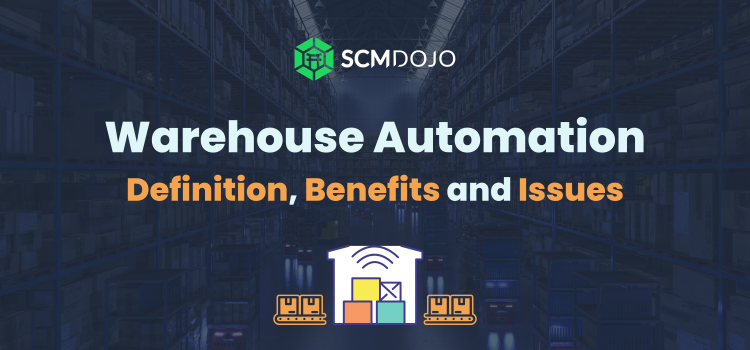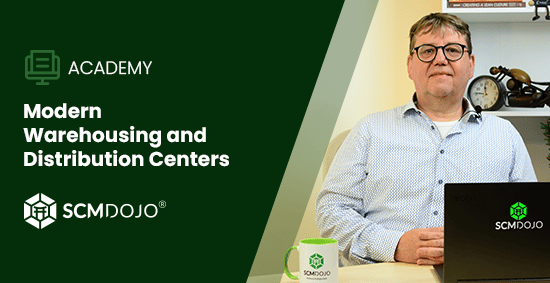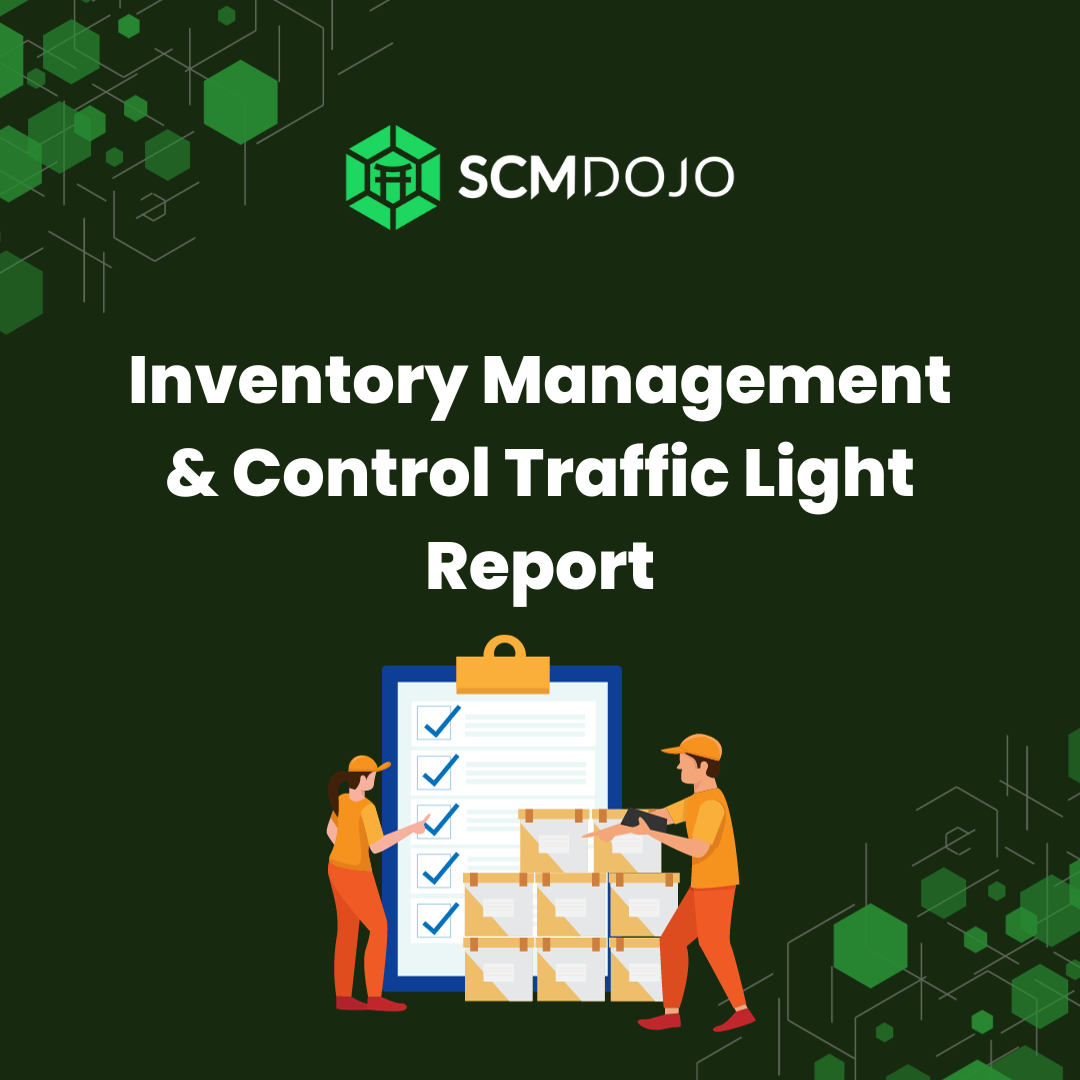Warehouse automation is an increasingly popular way to maximize efficiency and accuracy in warehouse operations. It can streamline processes, reduce errors and costs, help manage inventory, and improve safety conditions for workers. In this guide, you will learn how it works, its benefits, and how to get started with it.
For a warehouse to work efficiently and profitably, many vital tasks need attention, and the Warehouse Management System (WMS) is one of them. The WMS is a warehouse management software that includes all the functions of data entry, retrieval, storage, and many other business processes you may need to perform in a warehouse operation.
When it comes to running a warehouse efficiently, there are various kinds of issues that might pop up. You can identify these issues in detail by conducting a warehouse audit. These could be issues with software in general or with the WMS system itself, but thankfully there are solutions for these issues, so let’s deal with them immediately.
Most people have a general idea about the role of a warehouse management system. However, you may need to learn what standard WMS and warehouse automation Issues are and what can be done to fix them. If your WMS functions as it should, it could positively impact your cash flow and productivity.
Before diving into WMS issues, let’s understand the slight technical difference between warehouse management systems and warehouse automation.
Warehouse Automation Definition:
Warehouse automation uses technology and automated systems to streamline inventory management, storage, and shipping. This process involves replacing manual labour with machines equipped with RFID, optical recognition, or barcode scanning for faster, more accurate tracking of goods. Automated warehouses reduce costs in labour and human error and enable businesses to serve their customers better.
What is the Warehouse Management system (WMS)?
Jose Ambe in his ebook How to Integrate a Warehouse Management System, defined WMS as a “Warehouse Management System, is a technological Software responsible for the management and optimization of all operational tasks that occur in the Distribution Center, responsible for inventory control, working on time real, commonly integrated into the ERP of organizations.
Controls, manage, and executes the merchandise entry processes, from the Pre- receipt, through the receipt and classification of merchandise, entry inspection, storage, and returns. In the same way, the Exit processes: Replenishment, assortment, packaging, quality control, consolidation and shipment. And finally, the inventory processes: transfers, adjustments, cycle and physical counts.
Its main objective is in the systematization of processes through the execution of the operations of the Distribution Center in an optimal, controlled and efficient manner; in turn, they carry absolute traceability of the inventory in real-time at the location level.”
Benefits of Warehouse Automation
Warehouse automation offers a range of benefits to streamline warehouse operations, reducing human errors, operational costs, increasing accuracy and improving productivity.
It can also increase warehouse safety by reducing the risks associated with manual tasks and minimising worker fatigue. Additionally, using automated machines in the warehouse allows for just-in-time delivery, faster order fulfilment and more efficient space utilisation.
Automation also helps save on labour costs by replacing manual labour with robotic solutions that are far more cost-effective. With all these advantages, it’s no wonder why so many companies are turning to warehouse automation for their storage and shipping needs
Challenges with Warehouse Automation and WMS
1. Optimization Challenges
Everyone talks of amazing things that WMS can do, but only some people use them. WMS are sold with claims to proffer core solutions like optimization of bin storage, route optimizations, optimal employee workload, etc. Most of these features are hard to implement and even harder to sustain, so 90% of WMS implementations do not use them, utilizing just inventory management.
The reason is that much of the functionality of the warehouse management system could be more relevant to most customers. Some of the functionality – such as bin storage, route optimization, and optimal employee workload – is often in opposition to their needs and thus counterintuitive. Why? WMS is hard to implement and even harder to sustain. It is a black box with lots of variables.
Excellent inventory management remains an essential part of running a warehouse. It is easily one of the most challenging parts to get right, but it eliminates this warehouse management system issue. It takes hard work, careful attention to detail, and high skill levels. But the reward for those who succeed is greater control over their stock handling processes, which translates into lower costs, reduced levels of risk, and a better customer experience. In cases where WMS is fully considered, it enables integration with everybody and running the right reports.
To get some ideas for optimization, take our high-quality course on Modern Warehousing and Distribution Centers.
2. Integration of WMS and ERP
WMS has been established for 20+ years but only recently has become more mainstream as a high-performance warehouse management system, with ERP systems playing an increasing role in warehousing automation. One of the biggest challenges in integrating WMS and ERP systems is when their stock does not coincide. WMS requires integration with some ERP\backoffice but will have its stock and inventory that are inevitably different from what is used to issue invoices. WMS usually counts items in the warehouse, but ERP counts items for sales invoices.
WMS integration with ERP can be very challenging, and if you know how to make things work together easily, congratulations! Good thing there are still many ways you can use to make it simple. As an ERP system must be integrated with a warehouse management system (WMS), you should choose a WMS system or Warehouse automation system like Celverence that supports integration with ERP systems to avoid any possible double stock and errors. And if they start to diverge, implement a process of monthly cycle counting and matching the two systems.
3. Rigid and Expensive Process
As explained by Sergey Bazhenov, CEO of Cleverence, making a warehouse management system that fits every company is challenging. Bending to the rules of business is complicated; for WMS, you might have thousands of checkboxes to configure the system. Each company has different demands to make the system work for them well. WMS makes some processes rigid and expensive to change, so it is not suitable for a warehouse that always stores something different from a different customer.
To integrate WMS into a new software without any problems, these issues must be addressed:
- First, every data source needs to be integrated from the start.
- Secondly, the warehouse shouldn’t be complicated enough so that one can understand how each of its parts works with each other efficiently.
Designs should always look to minimize inventory while minimizing the Lead Time between order submission and delivery to customers. Looking back into the past, Moore’s Law and Other is to demonstrate the integration challenges of Warehouse Management Systems (WMS), which have different physical scales, various mix rates of SKUs, and varying work volumes.
You can watch the full conversation with Sergey in the below episode of The Supply Chain Show ™.
4. Limited Hardware Options
WMS needs some hardware but usually only supports few hardware solutions available. So, the day you choose to invest in WMS, you may be stuck with limited hardware options, as integrating new hardware may not make sense economically for the WMS provider. Sometimes third-party logistic support provider helps to find a solution for this warehouse management system issue, but it is always an additional cost.
The Fix? Seek WMS solutions that integrate with the existing hardware, so you do not need to buy any new devices. Sometimes, a third-party logistic support provider makes it easier to find the solution quickly, but this service is always an additional cost.
Integrating into an existing WMS can be an expensive and time-consuming process. However, warehouse automation solutions like Cleverence can be adopted for many cost-effective devices, as discussed int his episode in detail.
5. Connectivity and Adaptability
WMS requires good WiFi coverage, with smooth roaming and low latency. You will always need good WiFi coverage or find hiccups with solutions offering complex systems that need to receive and use data from several sources simultaneously. As a result, the overall integration may need help with this warehouse management system issue. Connected devices need to communicate with others to provide the highest quality of service, which is not feasible if each device has a different WiFi module.
Generally, systems like RFID and barcode implemented in warehouses must undergo comprehensive testing procedures and pass integration tests before fully operational.
When choosing a WMS provider, you must consider the right price and the manufacturer and standards used in equipment, additional services, sales, and support policy. By knowing your customers’ needs and having a good understanding of the market, a good product, and a strong supply chain, you can efficiently satisfy your customers’ requirements.
Warehouse automation solutions like Cleverence can work without any internet or Wifi connectivity to do the job in a warehouse. Once they are online, they data sync automatically with the connected ERP system.
In Conclusion,
Warehouse Management System software is the information system on top of which inventory, logistics, and other business applications are built. A WMS creates transparency in the supply chain environment, enhancing its efficiency. These small and large companies can use these systems for all their planning functions, such as supply chain management, lot-size determination, order processing, and invoice processing.
Warehouse automation has many benefits and can help improve the efficiency of operations. Automation can reduce human errors, improve warehouse productivity, eliminate safety risks, reduce processing time, optimize space utilization, and enhance customer satisfaction. It can also help to lower operational costs and increase your bottom line.
About the Author- Dr Muddassir Ahmed
Dr MuddassirAhmed is the Founder & CEO of SCMDOJO. He is a global speaker, vlogger and supply chain industry expert with 17 years of experience in the Manufacturing Industry in the UK, Europe, the Middle East and South East Asia in various Supply Chain leadership roles. Dr. Muddassir has received a PhD in Management Science from Lancaster University Management School. Muddassir is a Six Sigma black belt and founded the leading supply chain platform SCMDOJO to enable supply chain professionals and teams to thrive by providing best-in-class knowledge content, tools and access to experts.
You can follow him on LinkedIn, Facebook, Twitter or Instagram






